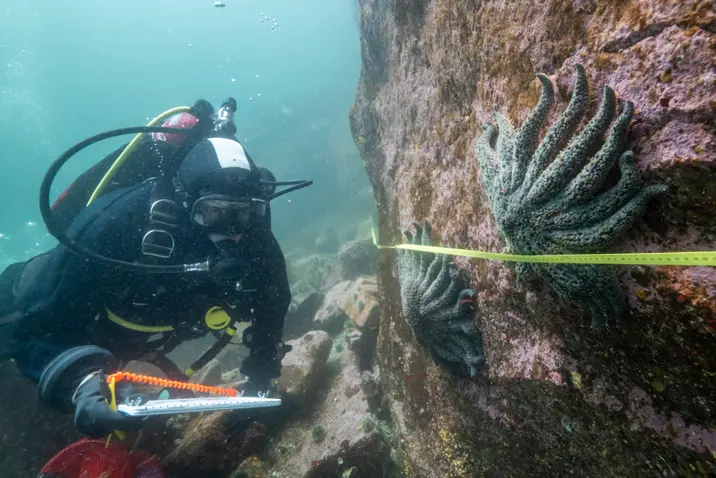T4K3.news
Sea stars disease identified
Scientists link sea star wasting disease to warming waters and a bacterium FHCF-3 along the California coast.
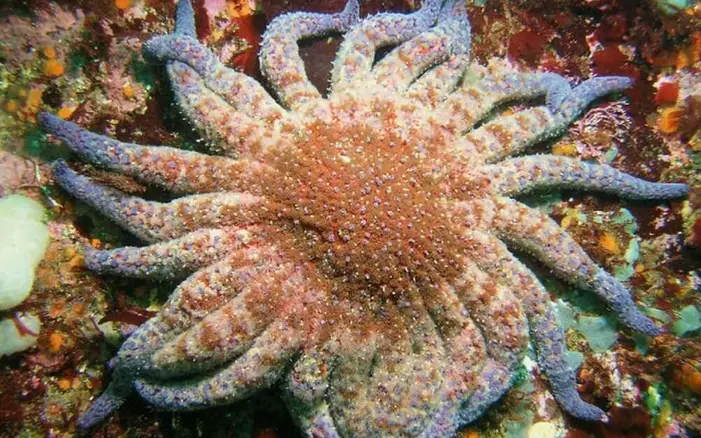
After four years of experiments led by the California Institute of Marine Sciences, biologists identified the bacterium behind the sea star wasting disease
Scientists Find Answer to Sea Star Population Devastated by Pathogen Along the California Coast
Researchers announced that a bacterium called Vibrio FHCF-3 is linked to the wasting disease that has turned sea stars to goo along the California coast. The team confirmed the pathogen by examining the sea star's circulatory fluid, the coelomic fluid, and traced its spread to warming ocean temperatures. The outbreak has hit billions of Pacific sea stars from Washington state to the Baja Peninsula, disrupting a key part of the coastal ecosystem.
The four year effort was led by the California Institute of Marine Sciences with partners including the Hakai Institute, the universities of British Columbia and Washington, The Nature Conservancy, the Tula Foundation, the US Geological Survey, and the Washington Department of Fish and Wildlife. A breeding program for sunflower stars is underway, with facilities raising hundreds of healthy juveniles and screening them for FHCF-3 before release. Some of the young stars are displayed in aquariums to educate visitors about the sea stars' role and the broader balance of the seafloor and kelp forests.
Key Takeaways
"We have evidence that there is a link between increasing ocean temperatures and this sea star wasting disease epidemic."
Prentice on the climate link
The discovery highlights how climate change can amplify disease in wild ecosystems. A single microbe can ripple across food webs when warmer waters shift predator prey dynamics and disrupt balance on reefs and kelp forests. The collaboration shows what long term, cross institution science can achieve when funding and coordination align.
Recovery will not be immediate. It will require sustained funding, continued monitoring, and policies that protect critical habitats. Breeding programs help, but restoring natural dynamics means safeguarding kelp habitats, controlling other pressures on sea stars, and maintaining ongoing surveillance of the pathogen across the coast.
Highlights
- The future of the coast depends on healthy seas and careful science
- Warm seas bring tiny enemies that change entire ecosystems
- Science names the culprit and lights a path to recovery
- Hope grows in labs and aquariums along the coast
The coast faces a long road to balance, but science is turning uncertainty into a plan for revival
Enjoyed this? Let your friends know!
Related News
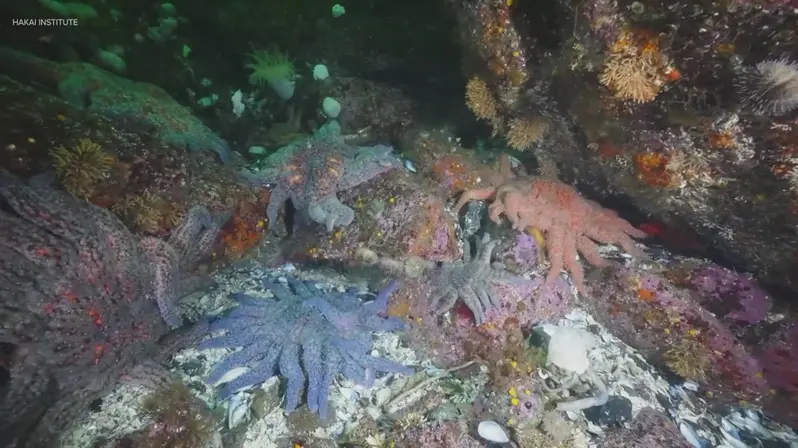
Researchers identify cause of devastating sea star die-off
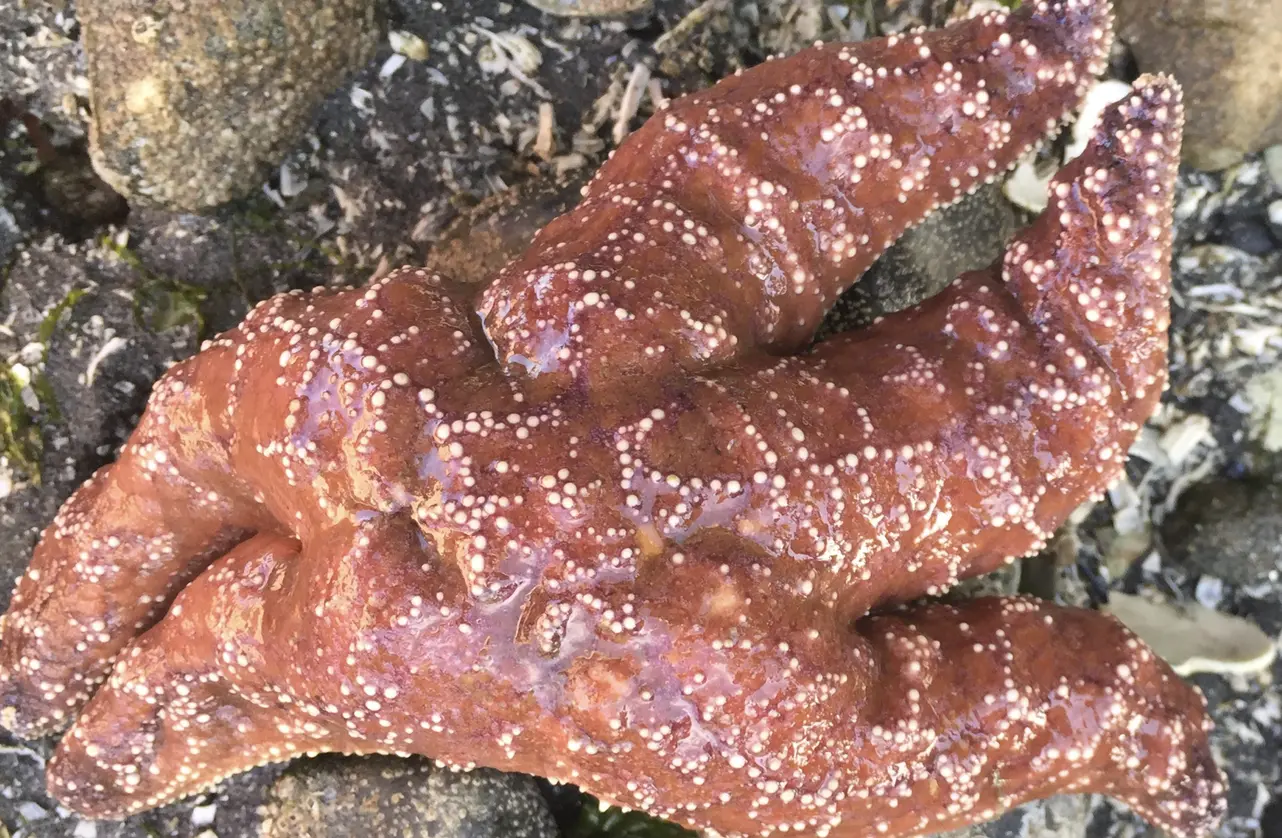
Bacterium identified as cause of sea star wasting disease
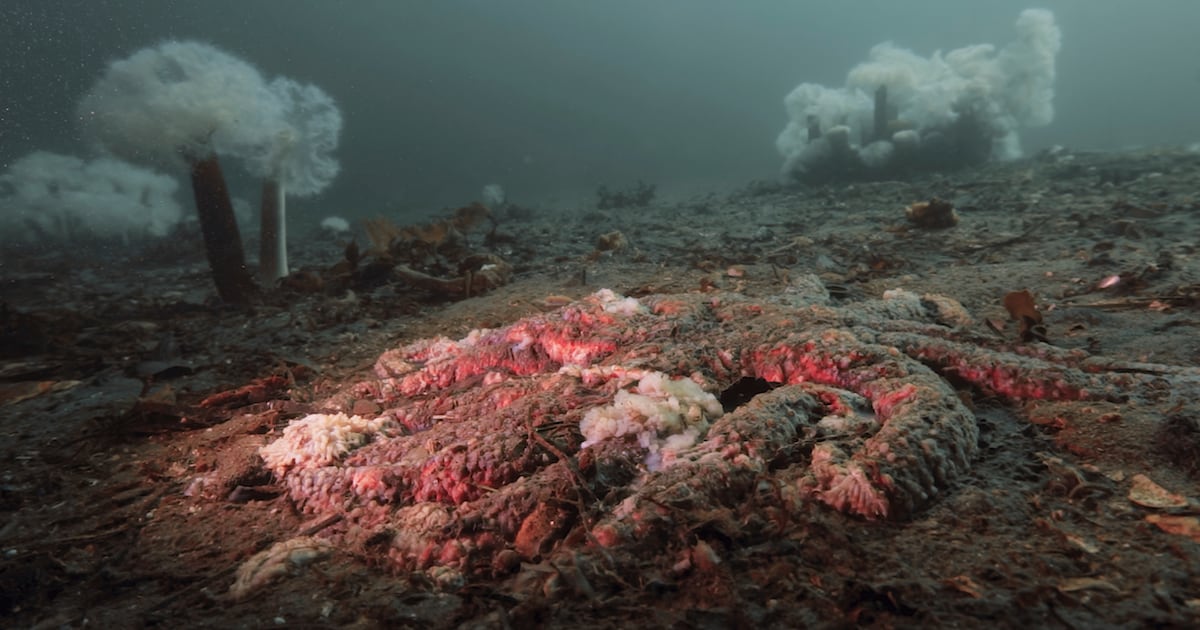
New insights into sea star die-off reveal bacterial culprit

Breakthrough research identifies cause of sea star wasting disease
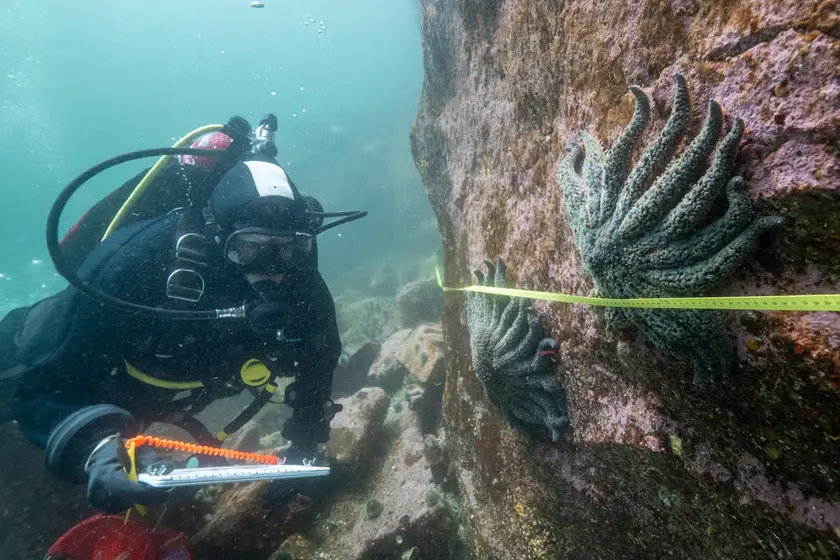
Breakthrough in sea star mortality mystery
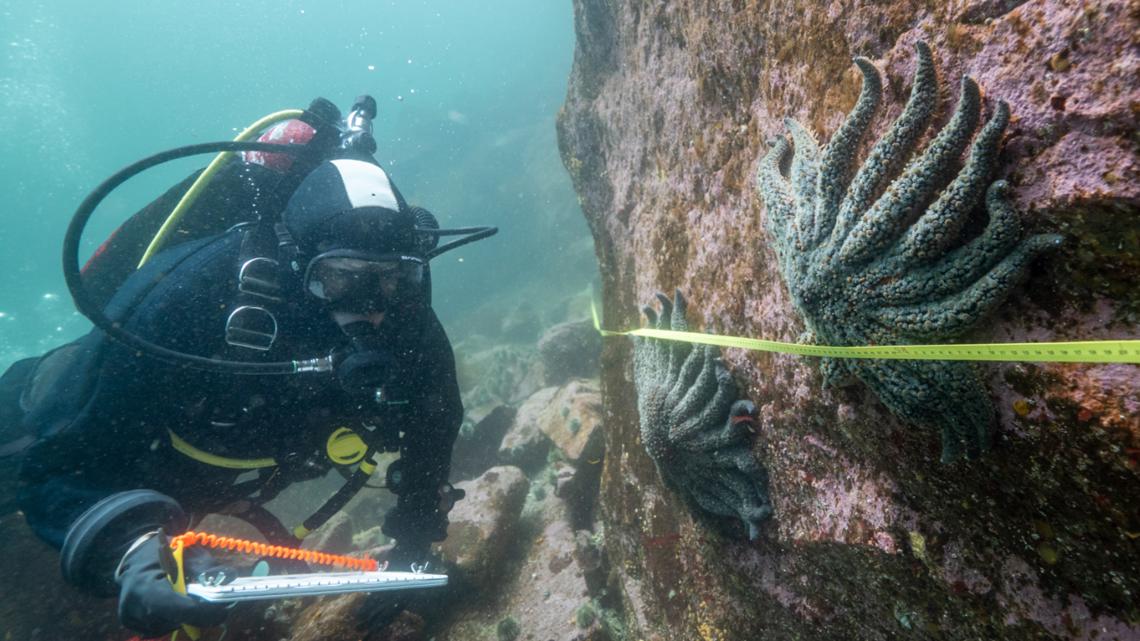
Scientists reveal cause of sea star die-off
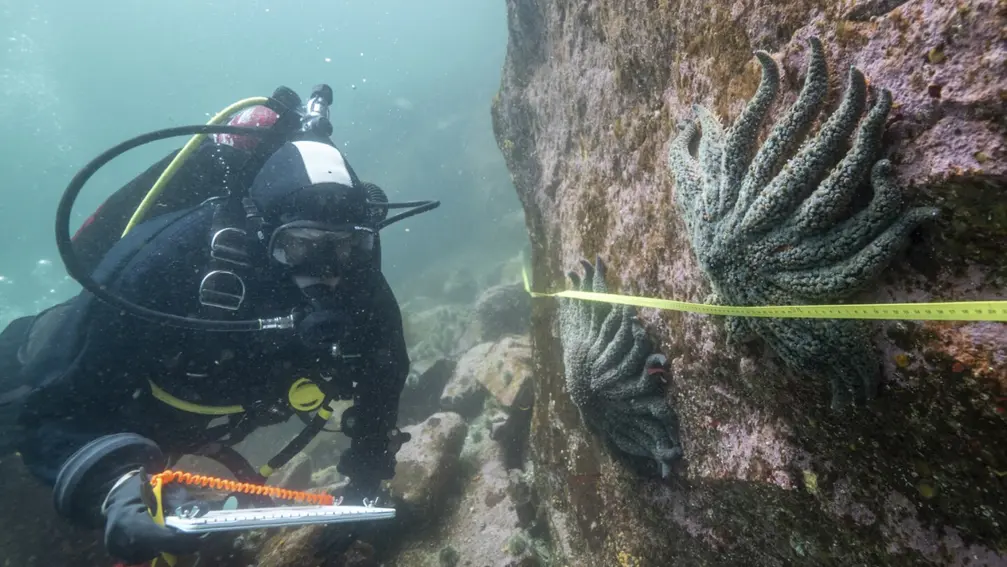
Scientists find cause of sea star epidemic
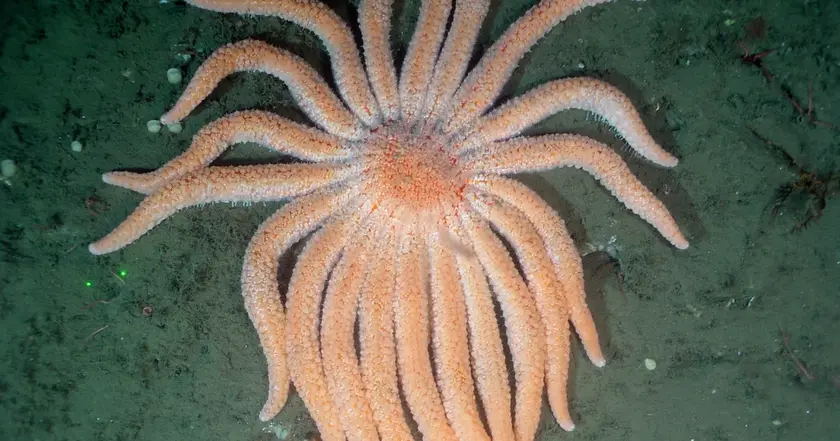
Researchers find bacteria behind sea star die-off
